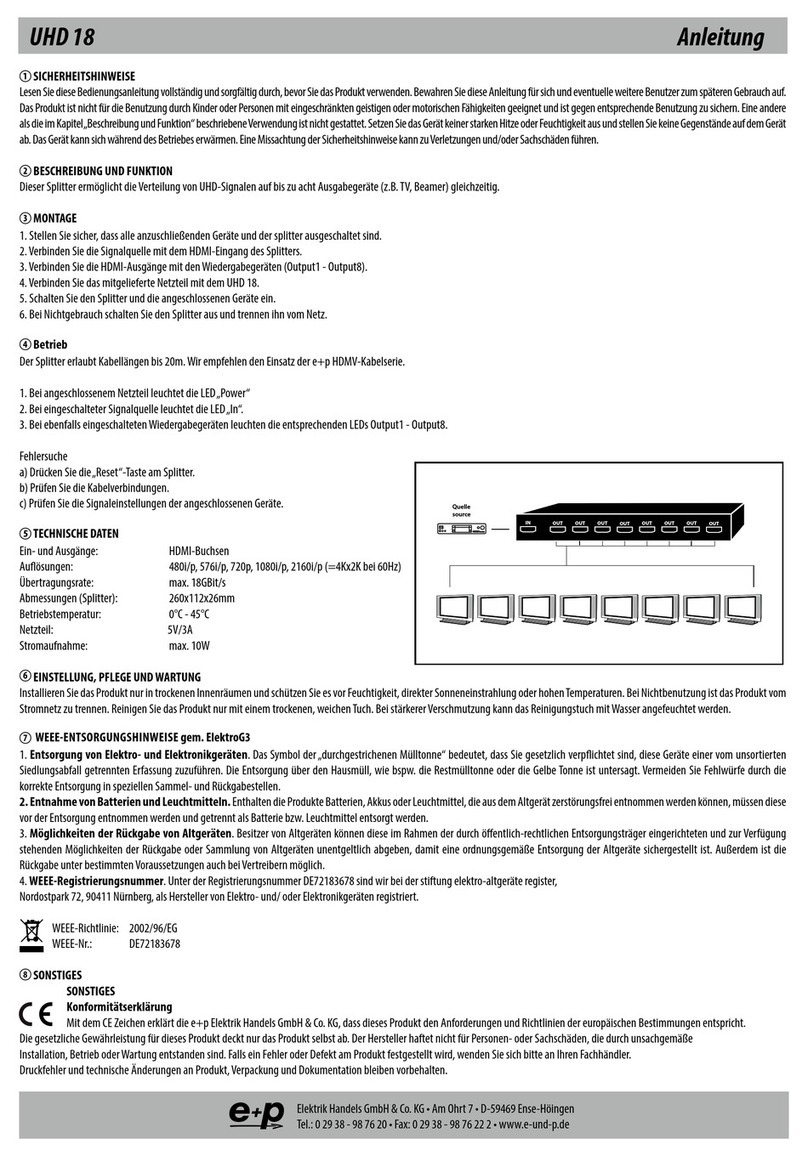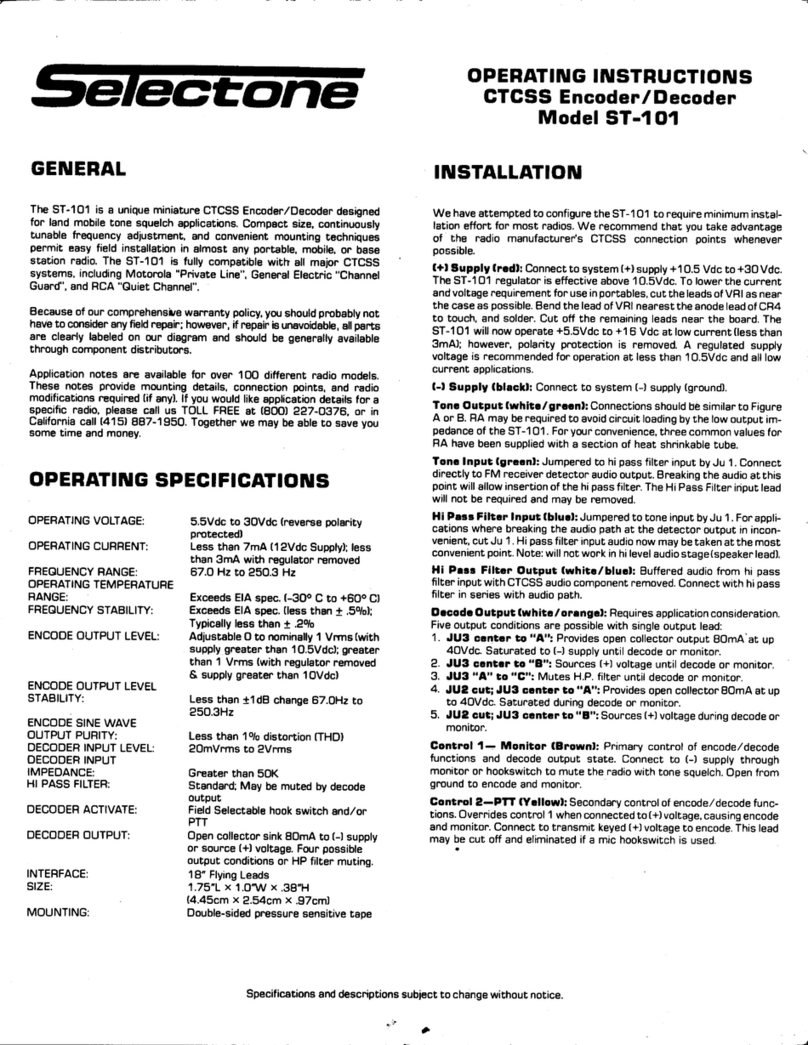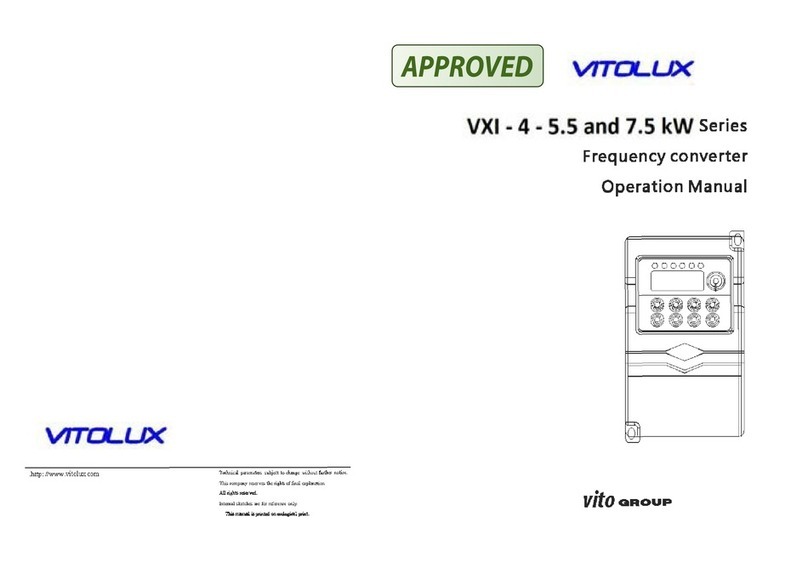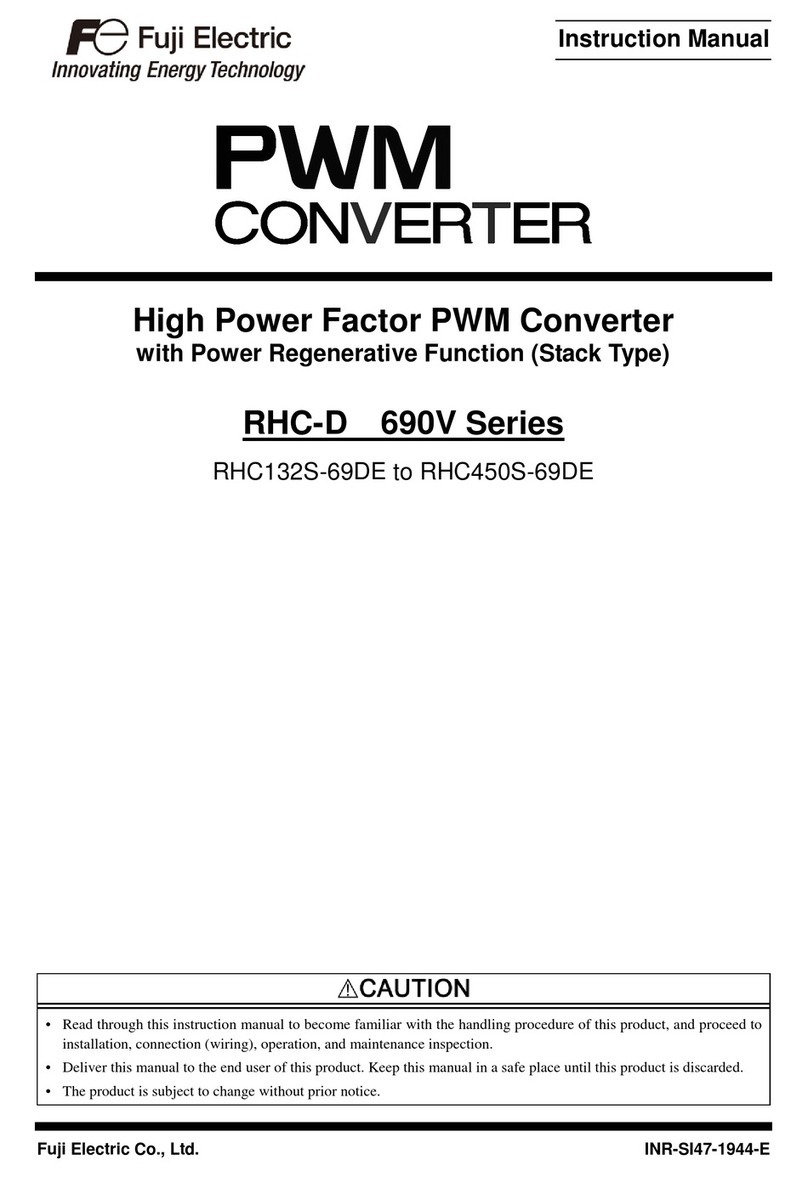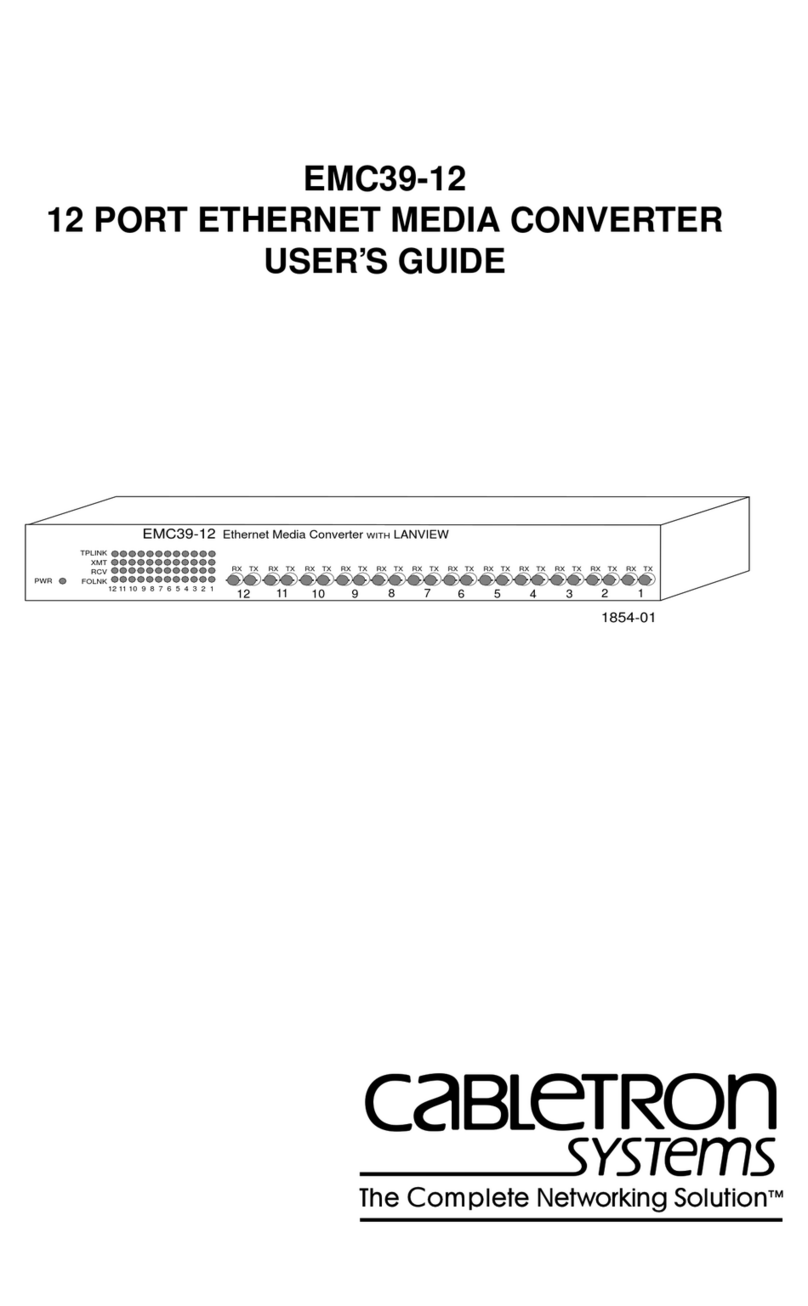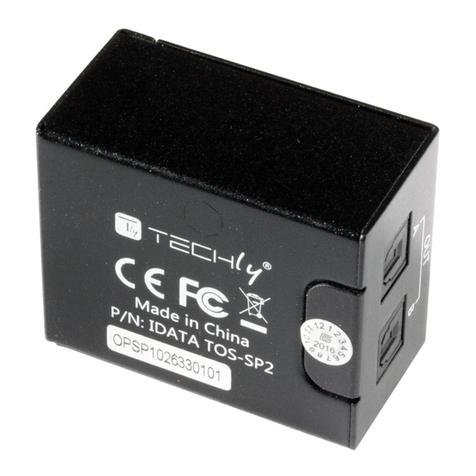austriamicrosystems AS5046 User manual




















Table of contents
Other austriamicrosystems Media Converter manuals

austriamicrosystems
austriamicrosystems AS5163 User manual
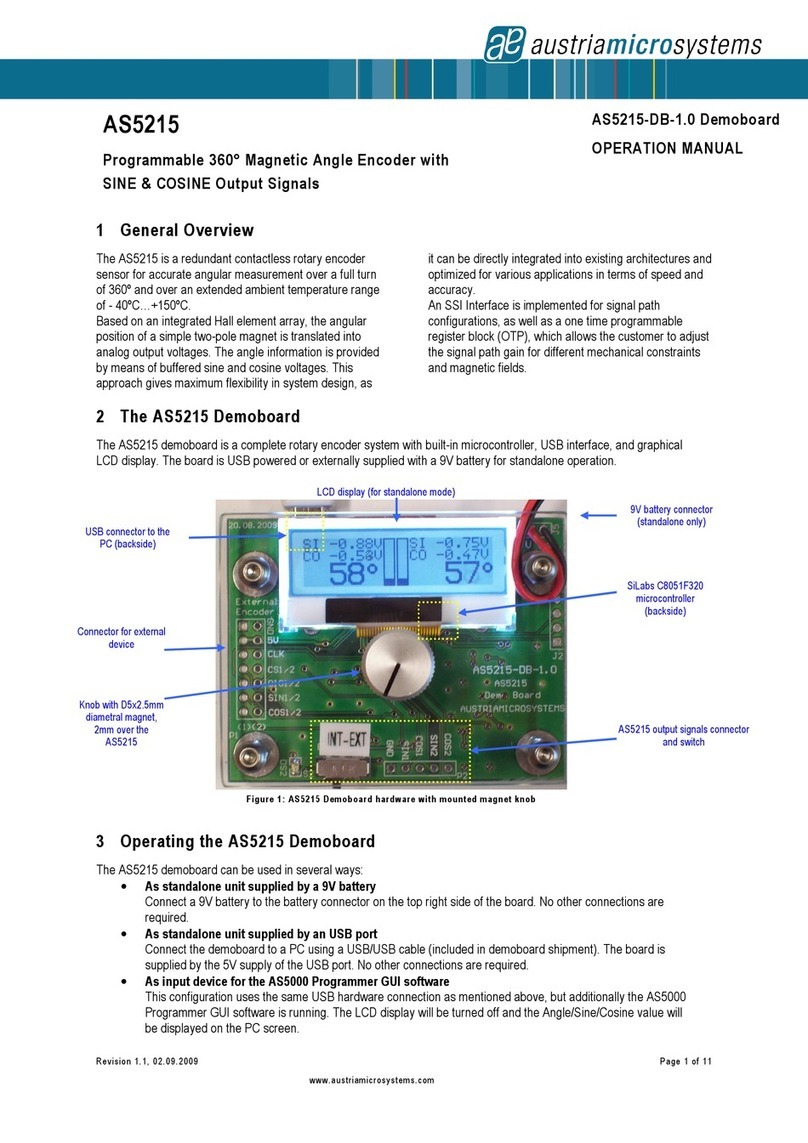
austriamicrosystems
austriamicrosystems AS5215 User manual
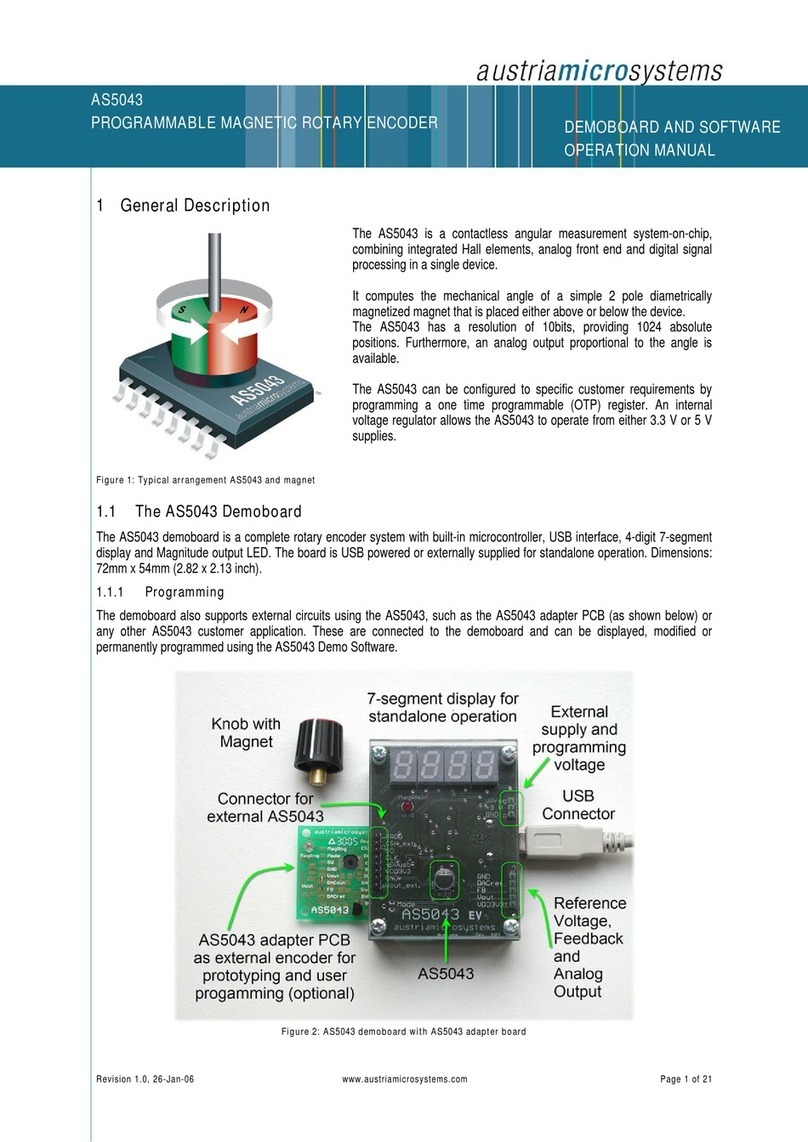
austriamicrosystems
austriamicrosystems AS5043 User manual
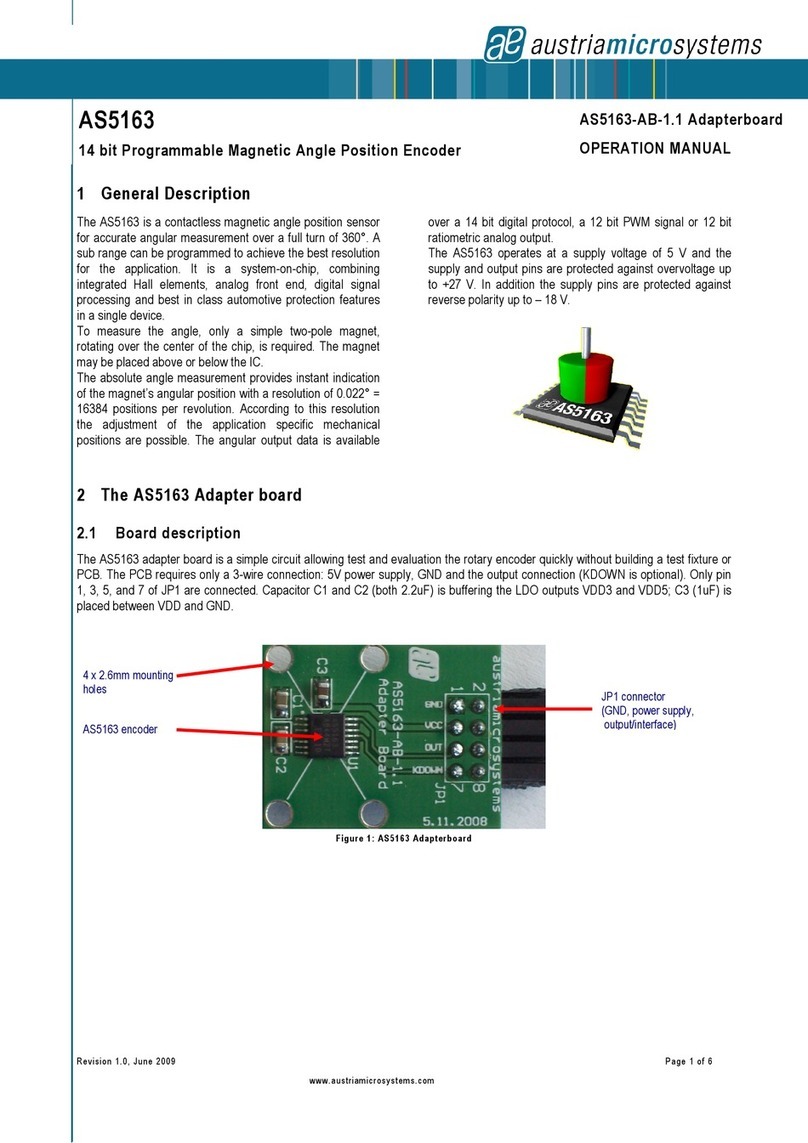
austriamicrosystems
austriamicrosystems AS5163 User manual
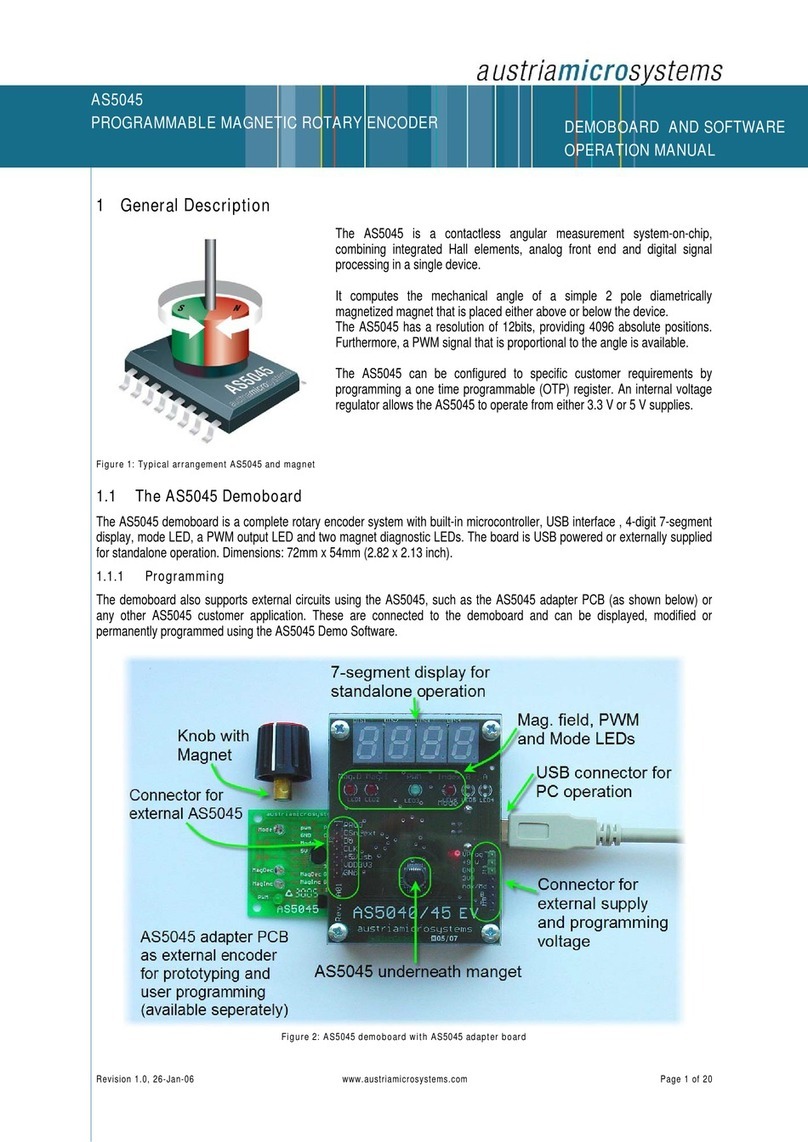
austriamicrosystems
austriamicrosystems AS5045 User manual
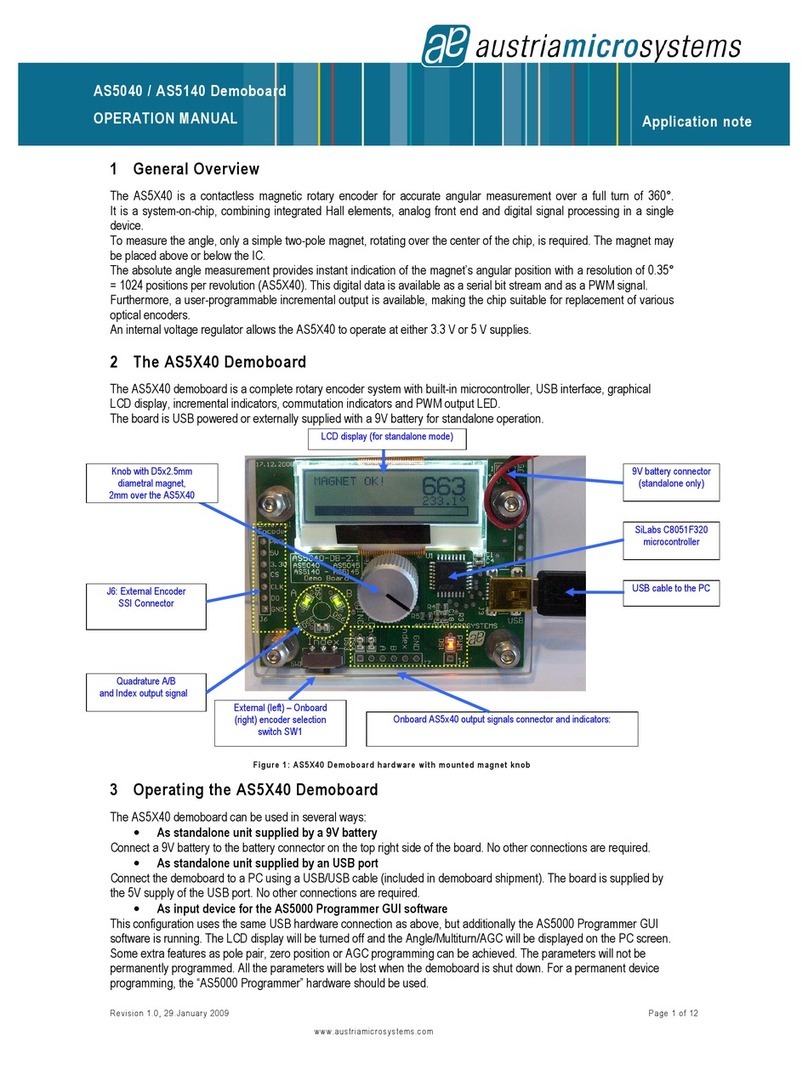
austriamicrosystems
austriamicrosystems AS5040 User manual
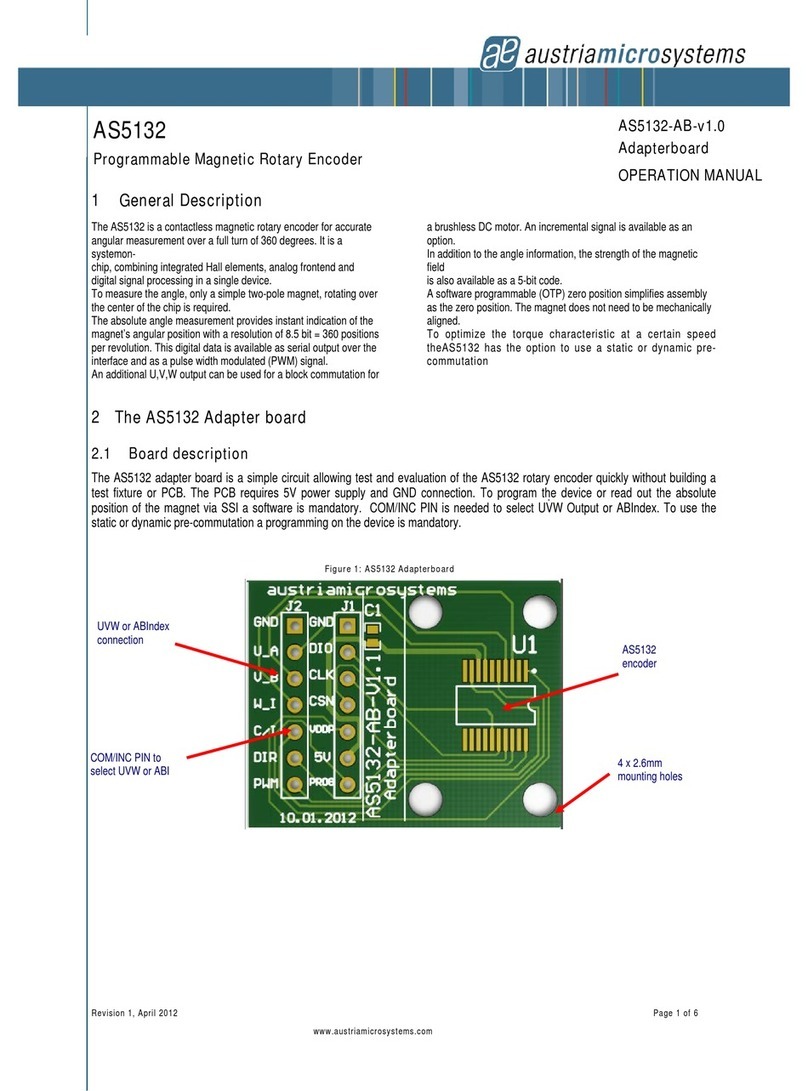
austriamicrosystems
austriamicrosystems AS5132 User manual
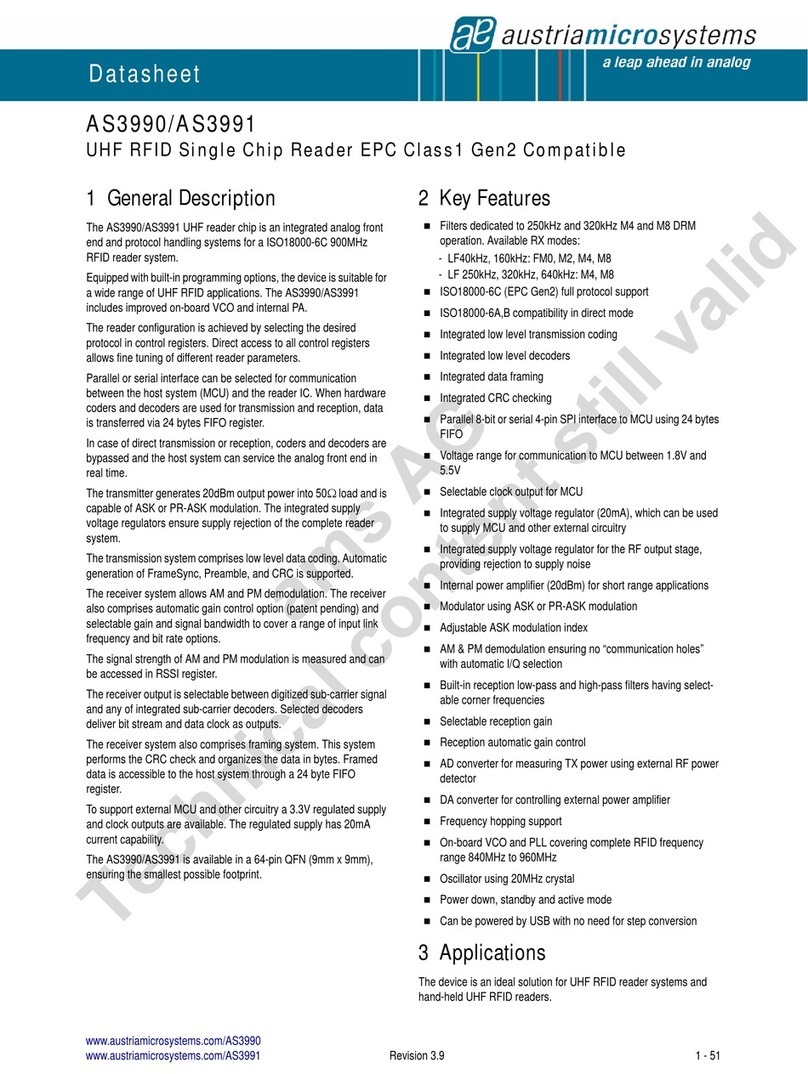
austriamicrosystems
austriamicrosystems AS3990 User manual

austriamicrosystems
austriamicrosystems AS5043 User manual
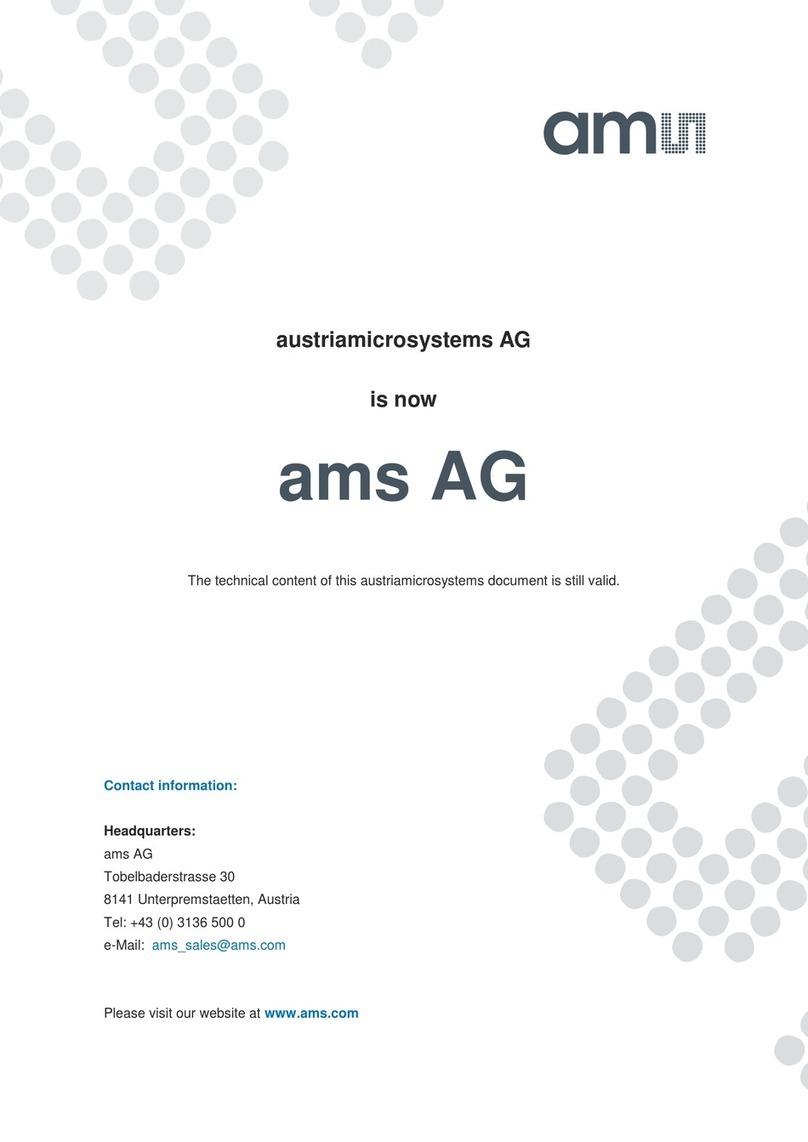
austriamicrosystems
austriamicrosystems AS5130 User manual
Popular Media Converter manuals by other brands
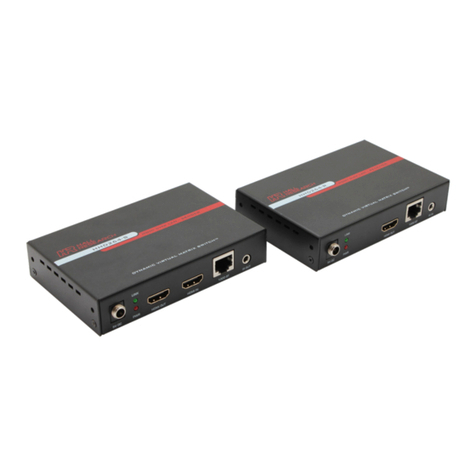
Hall Research Technologies
Hall Research Technologies HHD264 user manual
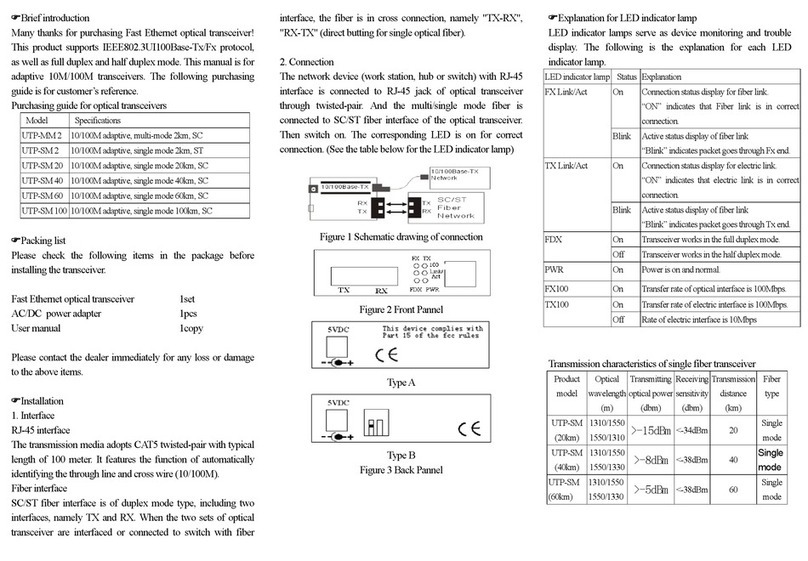
Repotec
Repotec UTP-MM 2 user manual

Transition Networks
Transition Networks S4110-4848 install guide
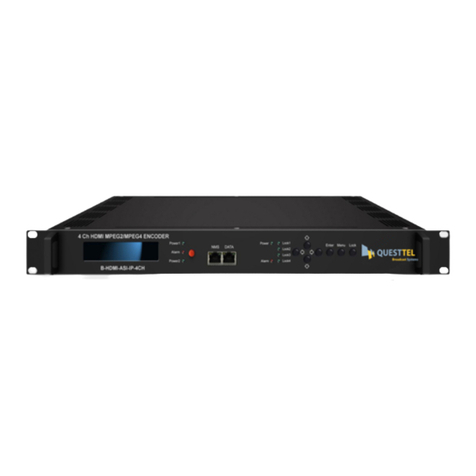
Questtel
Questtel B-HDMI-ASI-IP-4CH user manual
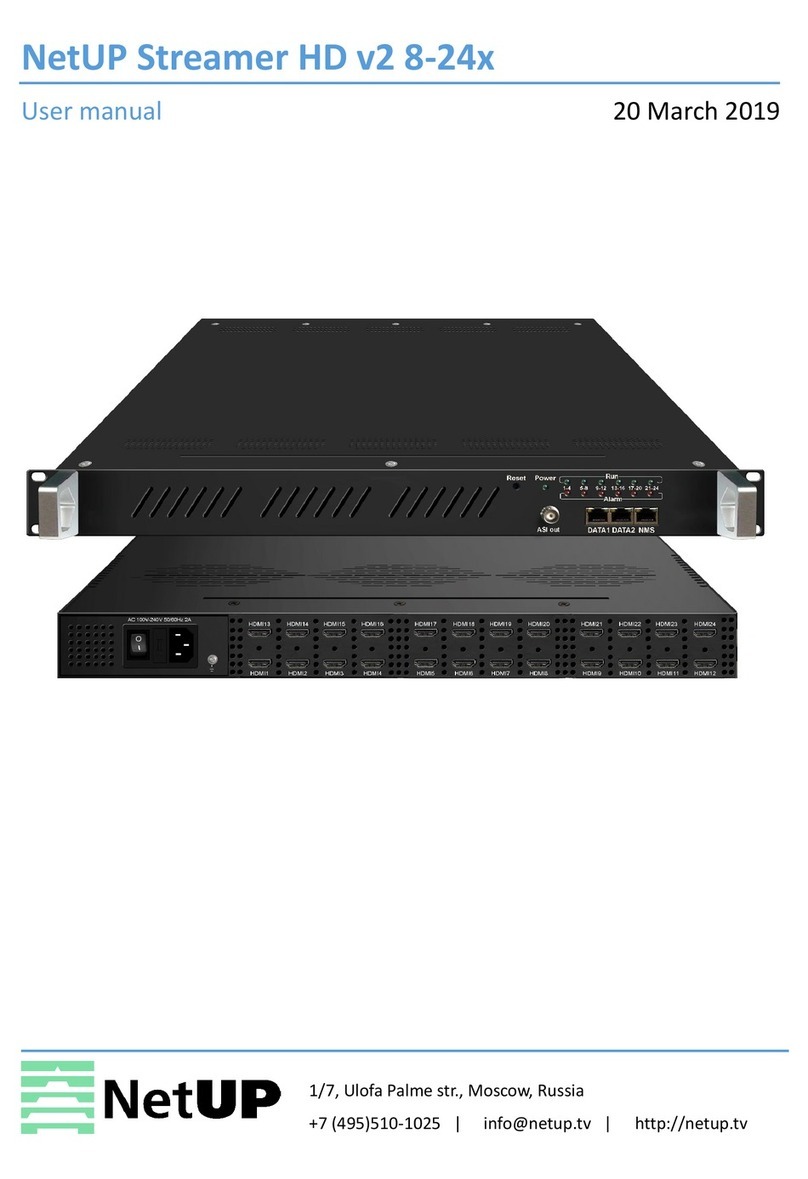
NetUP
NetUP Streamer HD v2 8-24x user manual
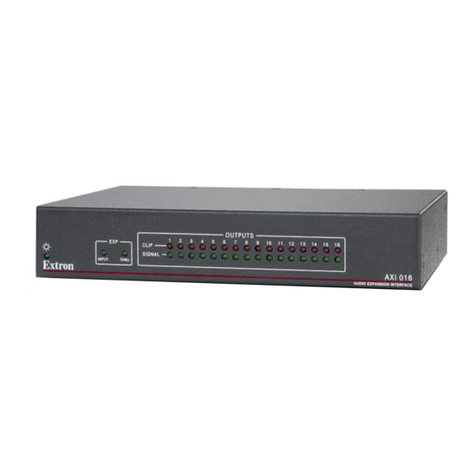
Extron electronics
Extron electronics AXI 016 Setup guide
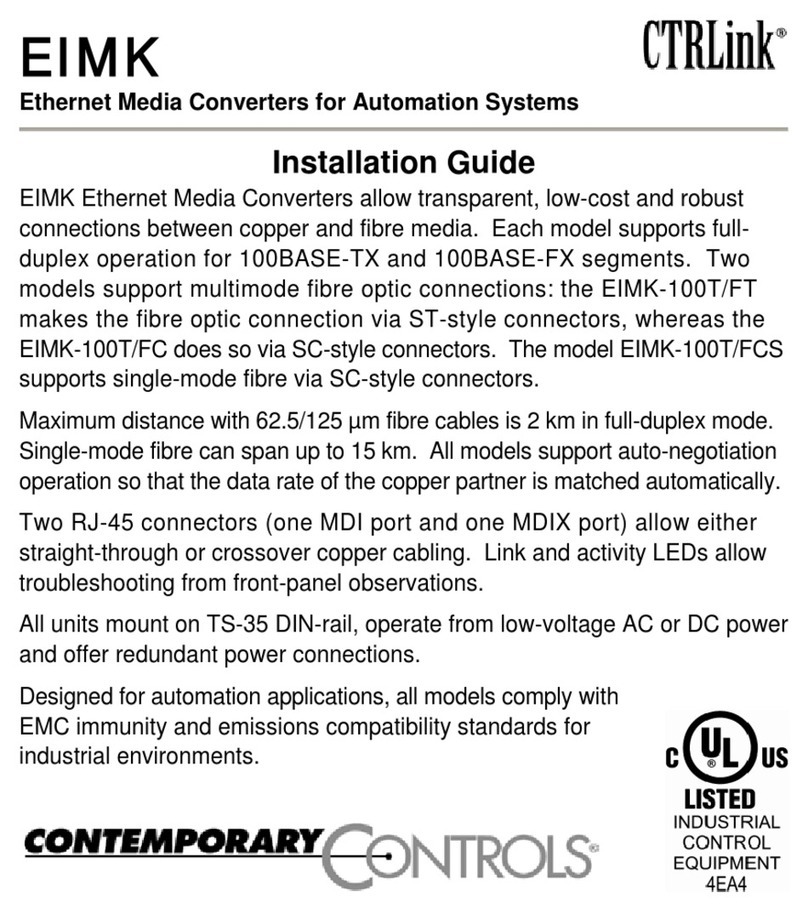
Contemporary Controls
Contemporary Controls CTRLink EIMK-100T/FT installation guide
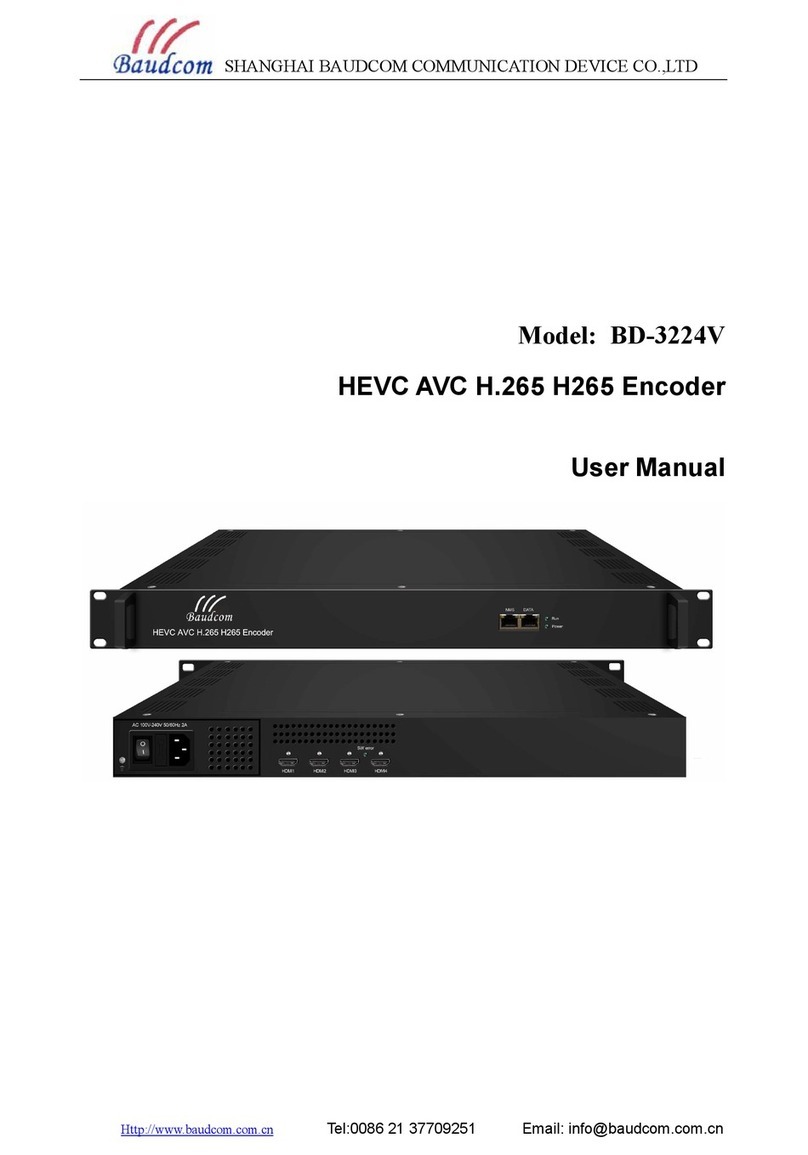
Baudcom
Baudcom BD-3224V user manual
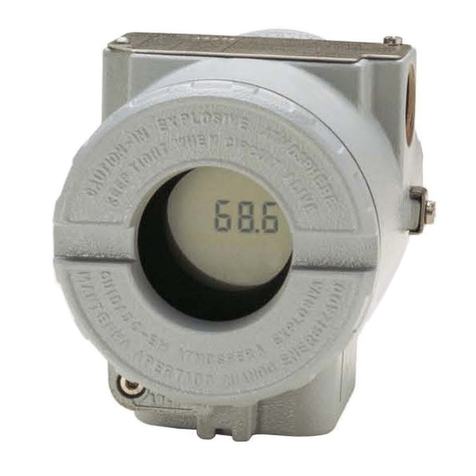
SMAR
SMAR FI303 Operation, maintenance & instruction manual
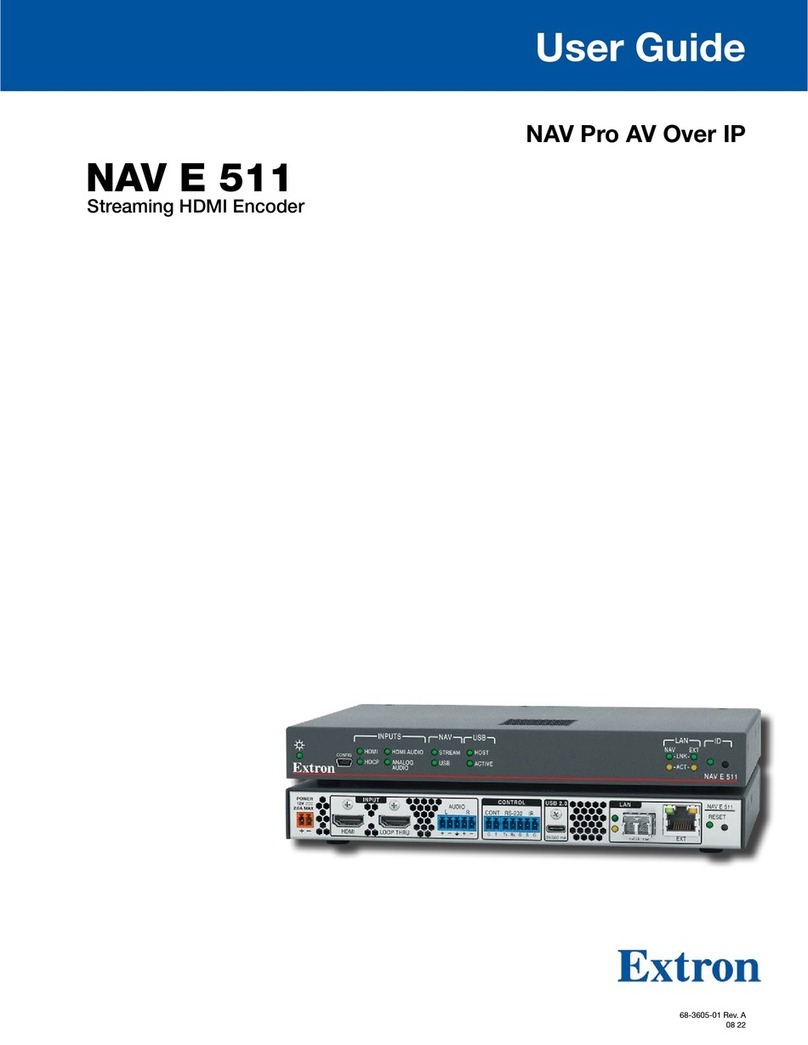
Extron electronics
Extron electronics NAV E 511 user guide
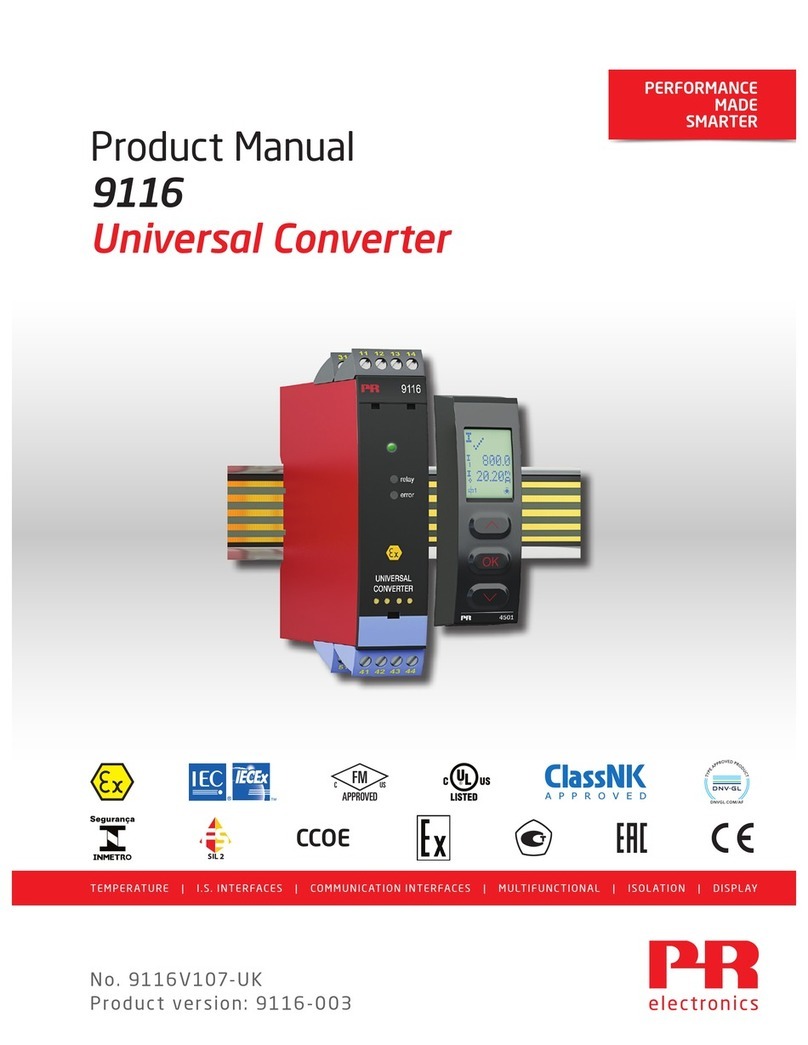
PR
PR 9116 Series product manual
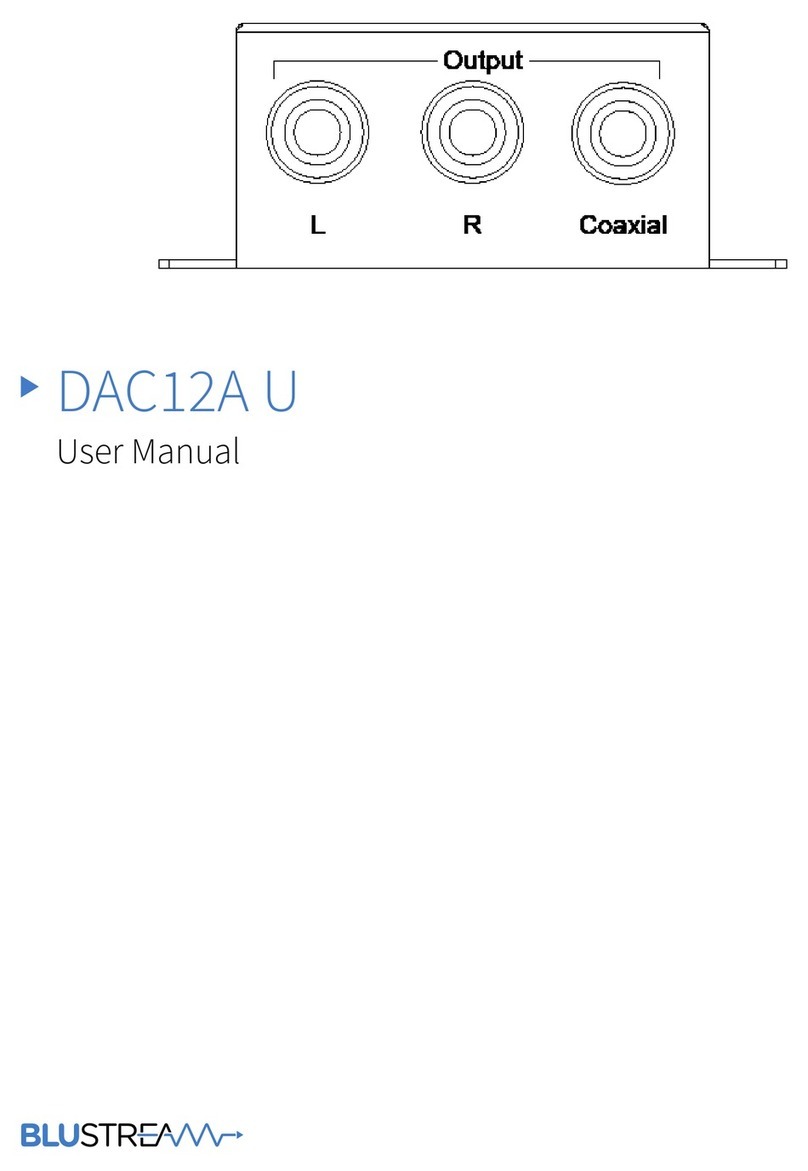
Bluestream
Bluestream DAC12A U user manual
